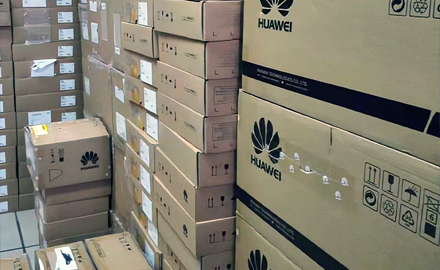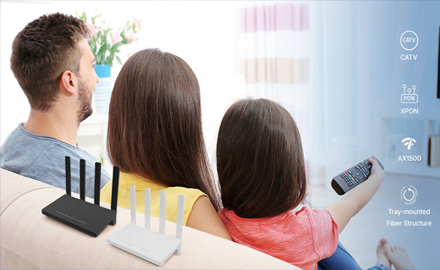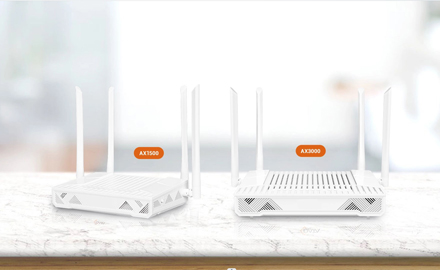 How are Huawei OLTs Classified?
How are Huawei OLTs Classified?
Apr .19.2024
Huawei's OLT classification encompasses factors like capacity, technology, features, deployment scenarios, and integration.
 The Future Trend of Optical Line Terminals (OLTs)
The Future Trend of Optical Line Terminals (OLTs)
Apr .11.2024
The future trend of Optical Line Terminals (OLTs) is shaped by a convergence of technological advancements, evolving market dynamics, regulatory frameworks, and emerging applications.
 Deployment Requirements of XG(S)-PON Network
Deployment Requirements of XG(S)-PON Network
Mar .22.2024
Building an XG(S)-PON (10-Gigabit Symmetric Passive Optical Network) network involves a series of steps and considerations to ensure the successful deployment of high-speed broadband connectivity.



 How are Huawei OLTs Classified?
How are Huawei OLTs Classified?
 The Future Trend of Optical Line Terminals (OLTs)
The Future Trend of Optical Line Terminals (OLTs)
 The Difference Between ONU and ONT
The Difference Between ONU and ONT
 Deployment Requirements of XG(S)-PON Network
Deployment Requirements of XG(S)-PON Network